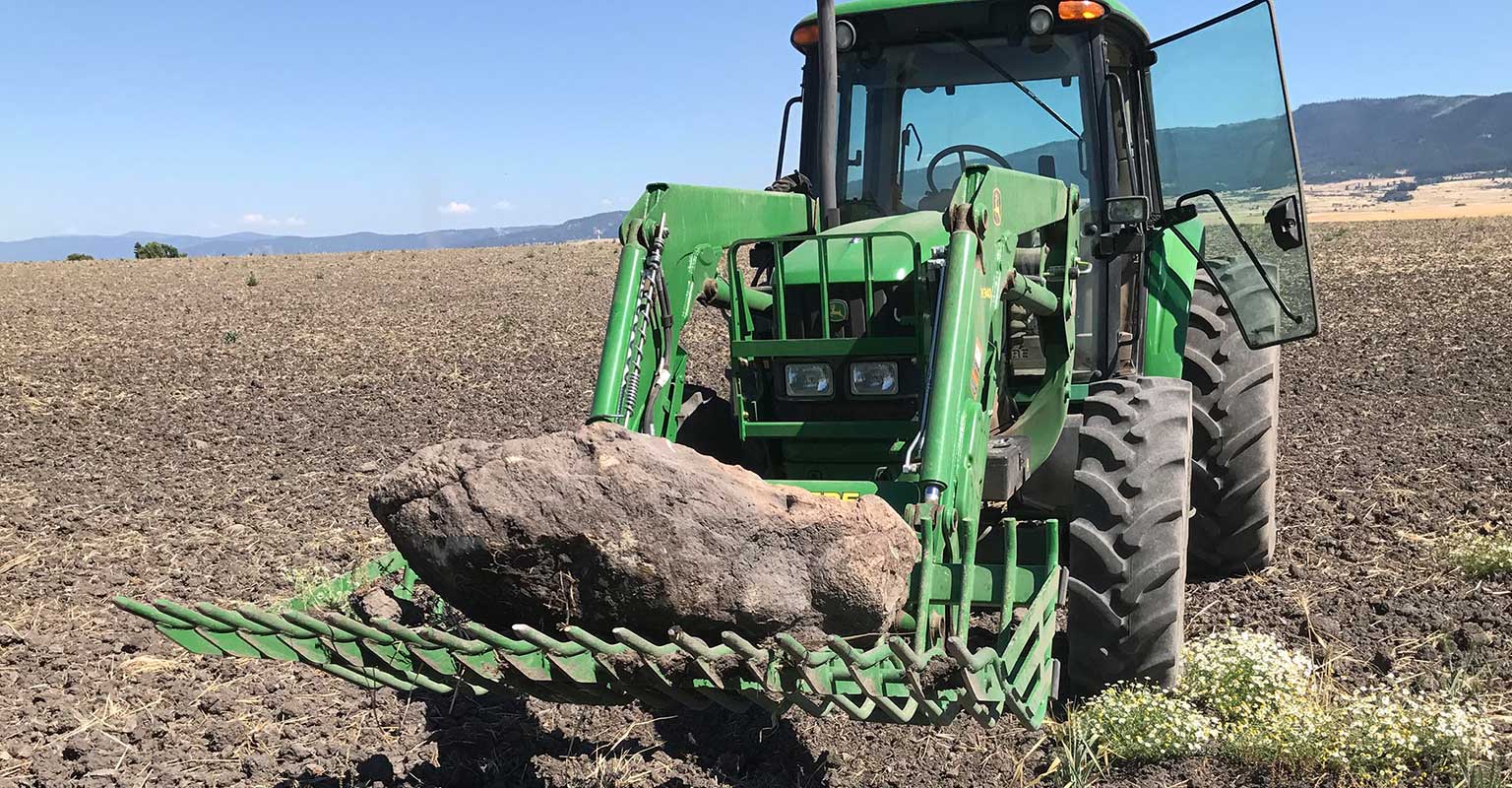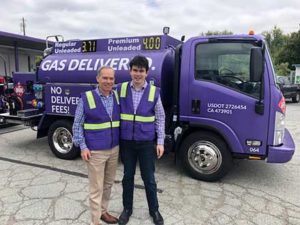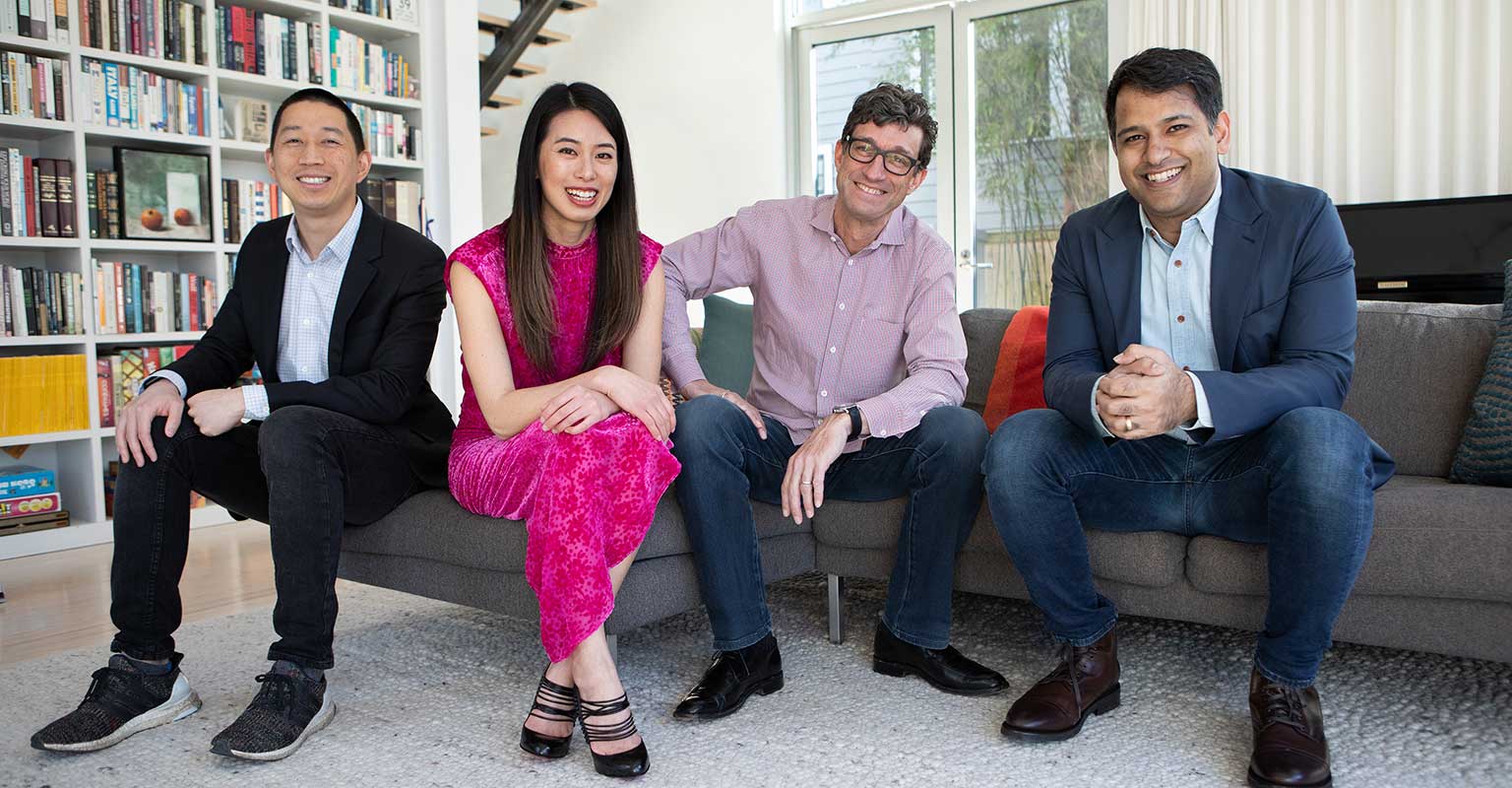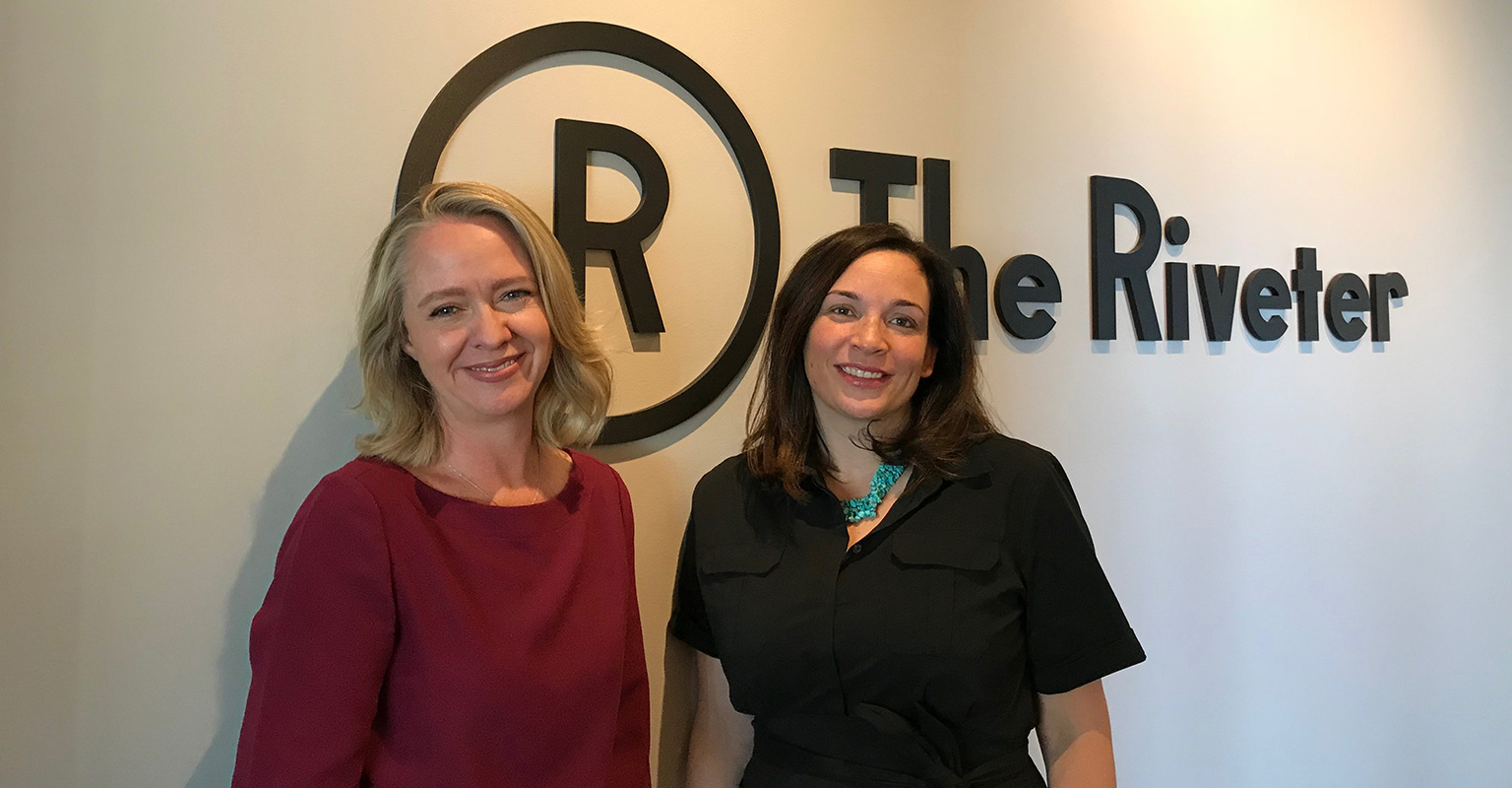We have been experiencing the modern era of our digital lives merging with the physical world, what I call Di-Phy, since the first iPhone in 2007. This blending of the two worlds is all around us, through wearable exercise devices, package or luggage delivery service updates, car sharing and even food ordering. But we are seeing through new advanced technologies an incredible expansion and success in these Di-Phy services. At Madrona we have invested in this market heavily (Rover, Redfin, and Impinj to name just a few) and we are now seeing three trends come together which will move this confluence to a new level and make DiPhy integral in our lives and a change agent for new industries.
- The ability to compute and intelligently interact at the edge
- The near ubiquity of smart devices that run apps connecting our digital and physical worlds
- The development and deployment of state of the art sensors & robotics
These developments combined with cloud technologies that run as a service enable the building of more automated and intelligent applications that make our lives easier and better.
To illustrate the types of solutions beginning to emerge, let’s look at two different industries that are seeing massive changes due to the revolution in DiPhy – agriculture & mobile fueling – and a platform for running deep learning models at the edge.
Agricultural Automation
Many use cases for applied machine learning, robotics and general automation in the commercial world are only beginning to come to market. One area we are seeing a lot of innovation is in agriculture – these solutions span preparing the ground, planting, weeding, and caring for the nation’s food. One of Madrona’s newest investments is both a bet on this trend and on an incredibly talented serial entrepreneur.
TerraClear is a company recently launched by Brent Frei to take on the difficult and never ending task of rock removal on farmland. TerraClear is utilizing state of the art sensors, machine learning, GPS, and robotics to bring the world of software and technology to the very physical task of removing rocks from fields. This combination of digital and physical has the potential to have an incredible impact on one of the industries that has sometimes been slower to adopt technology but is more aggressively embracing innovation in recent years. And Brent is the guy to do this – he is a charismatic, serial entrepreneur who started two companies which grew to be public companies – Smartsheet and Onyx Software. He is also from a strong, multigenerational farming family in Idaho. Having backed Brent before from day one, we are excited to see the innovations and efficiencies that TerraClear will bring to market.
Mobile Fueling
For decades consumers and businesses had to go to the gas station to fill up their vehicle. But, that solution was inconvenient, time consuming and environmentally unfriendly. With the power of mobile phones, GPS and route optimization, a new group of companies that deliver fuel to your vehicle on demand have emerged. The early leader in this category is Booster Fuels. Booster’s Founder and CEO Frank Mycroft had the initial insight that the combination of the digital world and GPS technology with the economics of mobile fueling could eliminate this annoying chore and be a good business. He and his team have meticulously designed a mobile fuel delivery system that enables consumers to have their cars filled while they are at work. By delivering to corporate campuses they can efficiently fill over 12 cars per hour in a manner that is superior to the gas station, cost comparable and very safe. Regulators have learned that it is more environmentally friendly and safe and have become strongly supportive of Booster.
Booster also learned that their specially designed systems, vehicles and drivers could provide a superior service to commercial fleets. This extension of their business is allowing them to expand rapidly to more geographies and provide related services. Software, data, employee training, and vehicles with modern sensors all combine to make such a digital meets physical solution a success
Deep Learning at the Edge
Deep learning models are a fundamental breakthrough in how machines can be trained to recognize images for a broad variety of autonomous use cases. The challenge with image recognition models is that they generally require significant compute, memory and power resources to run the models. In order to unlock the power of these digital models to run and address real world problems at the edge, a solution was needed to build and compress the models and match them to the resources available. These use cases also protect privacy and reduce latency relative to models require cloud resources.
In our portfolio, XNOR.ai has broken through with their data model pipeline and “binarization” capabilities to enable clearly superior models that run at the edge on devices with limited if any connectivity. Ali Farhadi and Mohammad Ragestrani developed these techniques with their team at Paul Allen’s Institute for Artificial Intelligence in Seattle. These models can be run on a mobile phone to improve picture taking. They can be run on a security camera to distinguish between a vehicle, person or animal. They can be run in a store like Amazon Go or Bingo Box to enable autonomous shopping. And, they can be used on home appliances to identify specific food items. The applications are nearly limitless and will redefine how consumers interact with all kinds of physical world items. More fundamentally, they will be required as part of the “sensor fusion” that unlocks the full potential of autonomous vehicles. Companies like Xnor.ai are creating the building blocks for breakout services in the DiPhy realm.
Focusing on the Customer and their Problems
An important key to success in this new generation of digital meets physical world solutions is to be “customer pulled” rather than “technology pushed.” By understanding a customer’s need to remove rocks from farmland, fill their car up with fuel, or run image detection models at the edge successful companies are being built. Being enamored with location aware devices, deep learning models or even the blockchain does not lead directly to identifying and understanding a real-world problem and building a superior solution. In fact, though we didn’t talk about it here, we believe blockchain will play an important role in DiPhy. The real power of blockchain is likely using digital tokens to reduce friction with the ownership and utilization of assets in the physical world. But, that is a topic for a future post.



